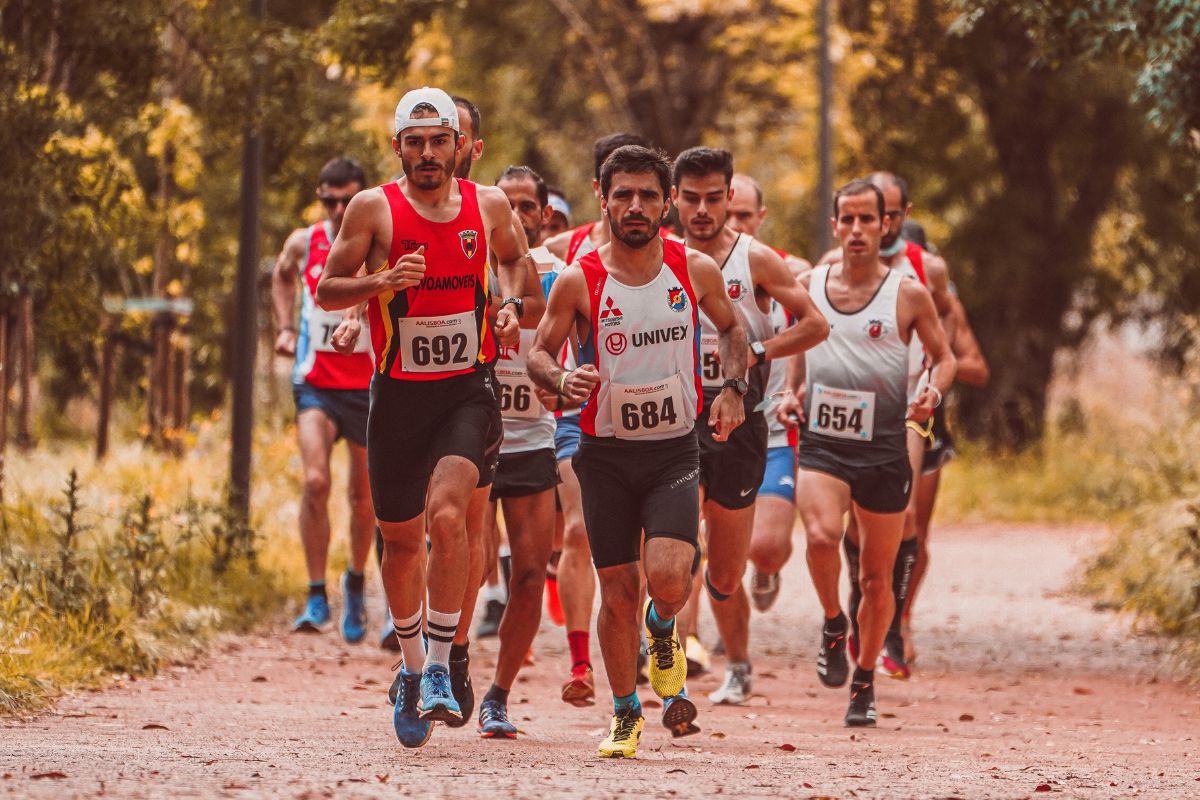When you are running casually, you might keep track of how long it takes you to do a certain distance, and maybe you measure it against other times that you have had, but generally that is as far as it goes.
It is unlikely that you keep notes on it and if you do, it is done for yourself and with no one else in mind most of the time.

However, in competitive athletics, scores not only are kept, but have to be kept to allow the division to maintain its competitive nature and to show athletes where they stand in it.
This can be difficult to sort out and there are multiple ways that this is done, with one of them being division results, but what exactly are division results in running?
And what do the divisions stand for? In this article, we seek to answer these questions.
What Are Divisions In Running Or Athletics?
Before we get into division results, let’s take a look at divisions.
Divisions are the way in which most sports, including athletics, divides levels of skill and ability, age, weight, or other aspects of a person that would determine how well they do at a sport or to make sure that everyone is able to compete fairly.
The easiest example to show this is boxing. Professional boxing is split into categories of weight, with the lightest being minimumweight or strawweight and the heaviest being heavyweight or super heavyweight.
The reason for this is simply that a very large and heavy man has an unfair advantage in a fight over a very light and small man. A heavier man can simply produce more power and take more heavy hits than the lighter man.
In the beginning of sports, these aspects were not taken into account, and it leads to a great disparity between the competitors as those who would be amazing in their own right were outshone due to conditions beyond their control.
The divisions of athletics are a bit more complex than boxing, as it does not rely on a singular aspect of a person.
Normally, divisions in running go down from Division 1 to 2 to 3 and so on, with Division 1 being the most competitive and hardest to win.
In this way, they are more like soccer divisions, with the best teams or runners being in the top division and the divisions going down in competitive level.
However, these are not the only divisions in running, there are also divisions depending on the type of race or the type of track being competed in.
Sometimes the only barrier is skill – for example in the track athletics championships, the fastest man in the world (Usain Bolt) was 6 foot 4 and weighed over 200 pounds while competing against much smaller people – while other times it is split into various different categories.
So, the division that people race under is dependent on the actual race itself.
What Are Division Results?
Since many runners and athletes compete within certain divisions, rather than against everyone, the division results are how well someone has done in that division.
If we take the Olympics, they could be considered the best of the best in terms of divisions, but the athletes in the Olympics will compete in the first division of other athletics events, because they are considered the best.
However, they are not competing with people in other divisions. Instead, the people who reside in the second division will be competing against others in that division.
The top winners of each division may have the chance to move up to compete in the first division, and the people at the bottom of their division may face the prospect of having to compete in the division below.
Divisions are often formed based on geographic location, and only the biggest competitions in the world span the world in who can compete in them.
For example, most athletics competitions in schools will be statewide and the best athletes who win their division will compete nationally.

Road Race Divisions
Unlike a lot of athletics, road races can use a difference in their division. This is because road races involve hundreds, sometimes thousands of people and are generally chaotic affairs.
Therefore, it’s hard to divide up the contestants through any clean metric or means.
Therefore, there are usually medals for everyone who completes them, but additional awards for certain contestants and people keeping track of a few different divisions that have been thought of.
To start with, the top three men and women who finish the race will get awards, no matter who they are.
Then, there is often a Master’s division. The Master’s runner’s division is for people over a certain age, normally the age of 40 at the time of the meet.
The people of the Master’s division will be told their place not only in the race, but within the master’s division itself.
There are also the Clydesdale and Athena divisions. These divisions are not always in a race, but they usually are.
The Clydesdale division is for men competing who are over 200 pounds, and the Athena division is for women competing who are over 150 pounds.
Like the Master’s division, the people of these divisions will be told not only their place in the race, but within their divisions as well.
While these are the biggest divisions in running sports today, they are by no means the only ones, and there are often several different ones per race.
As such, if you are participating, make sure that you stay informed about the divisions in a different race or not.
Conclusion
Divisions and division results within athletics and athletic events can often be confusing, especially if you don’t participate in the sport itself.
However, by reading through this article and paying attention to the athletics event you are going to participate in or are watching, then you should have no problem working out the different divisions of running events.
- Can Dogs Run Faster Than Humans? (Running With Your Furry Friend) - October 4, 2022
- 10 Doggie Fun Runs You Will Love [Ultimate Guide] - October 4, 2022
- What Are Division Results In Running? - October 4, 2022








